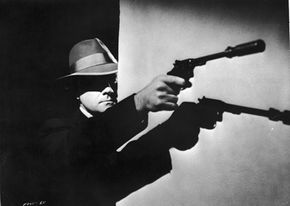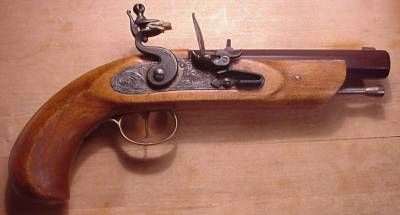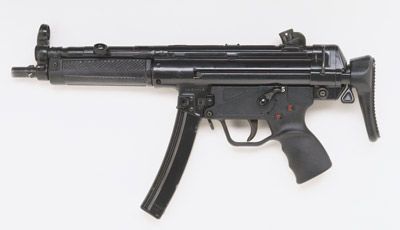Before we explore how a silencer works, it's helpful to understand what happens when you shoot a gun without any kinds of sound suppressors.
When an unsuppressed gun is discharged, the explosion of gunpowder in the cartridge generates high-pressure, high-temperature gases that rapidly exit the gun barrel behind the bullet. These gases exit the barrel at supersonic speeds, creating a loud sonic boom, similar to a thunderclap, which is commonly referred to as a muzzle blast.
Now let's look at what happens when you fire a suppressed gun. When you pull the trigger, and the bullet exits through the opening in the silencer, high-pressure gases trailing the bullet enter the suppressor.
Within the suppressor, you'll find expansion chambers, baffles and ports designed to help expand and cool these high-pressure gases. This controlled process effectively reduces the speed of the gases as they exit the suppressor.
The suppressor plays a crucial role in suppressing the supersonic crack or sonic boom generated by the bullet as it travels faster than the speed of sound. The suppressor's internal components disrupt the shockwave produced by the bullet's high-speed flight, contributing significantly to the reduction in noise associated with the gunshot.
Although the shot remains quieter with a suppressor, it's still pretty loud. The suppressor also helps reduce the visible muzzle flash, making it less conspicuous, particularly in low-light or nighttime shooting situations.
And finally, the use of a suppressor results in less recoil and muzzle rise compared to firing the same firearm without one. This improved control and reduced recoil enhance overall accuracy, especially during rapid-fire shooting.


